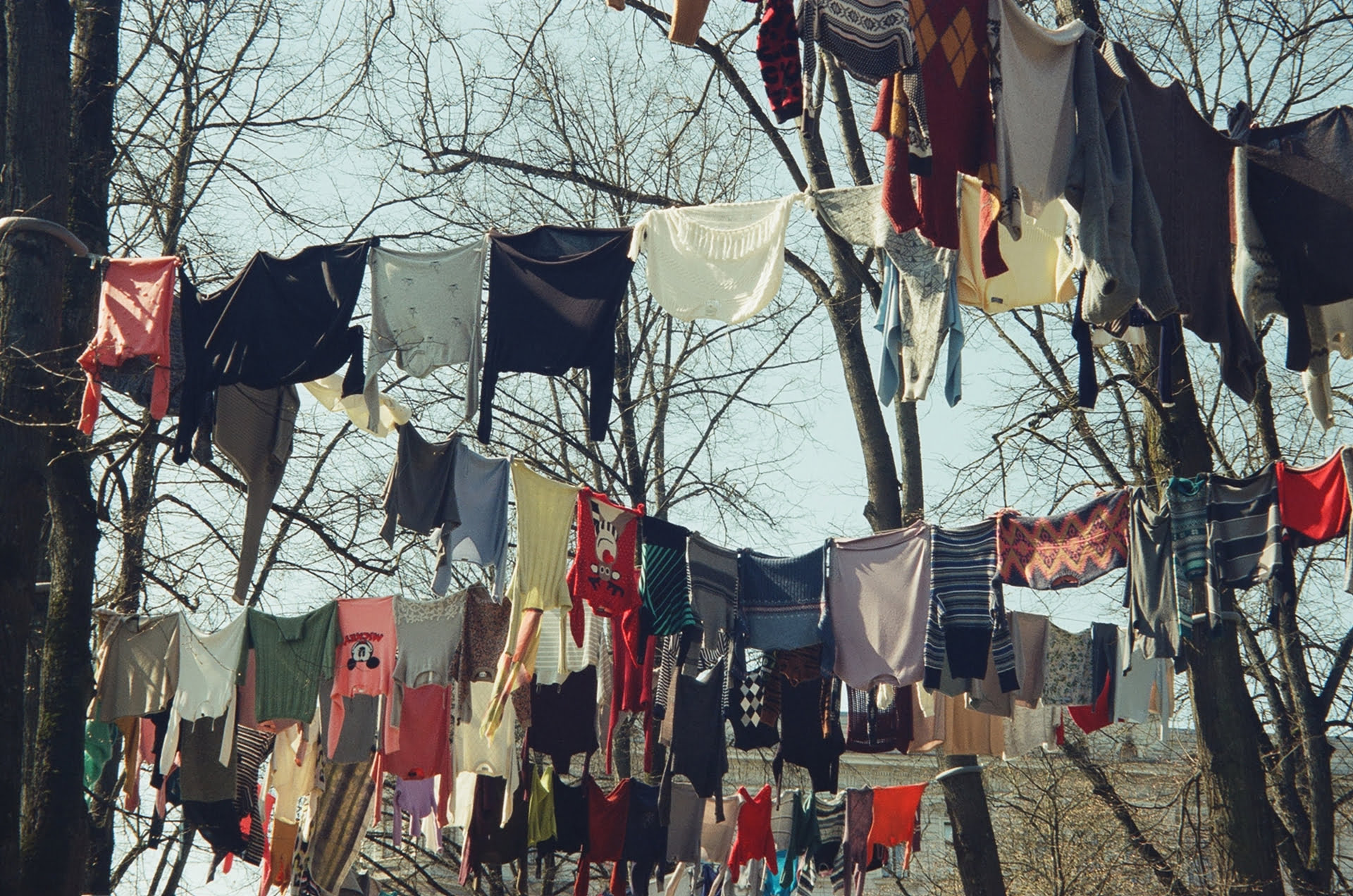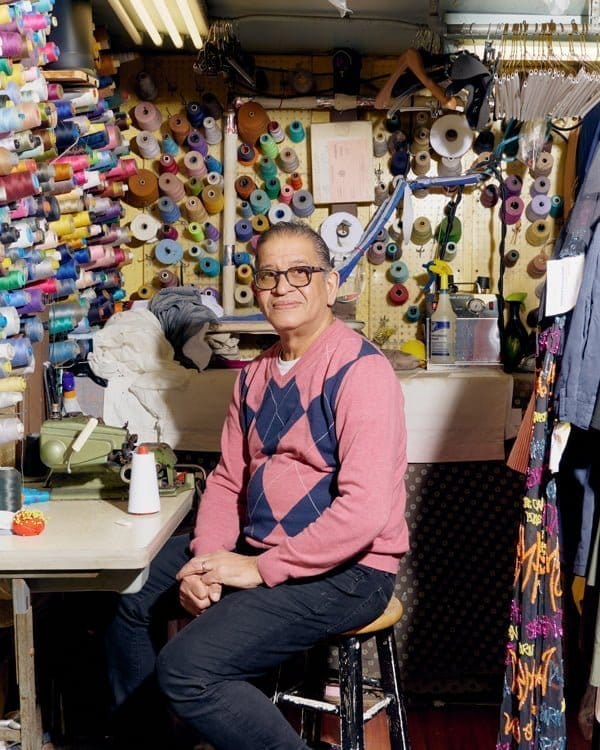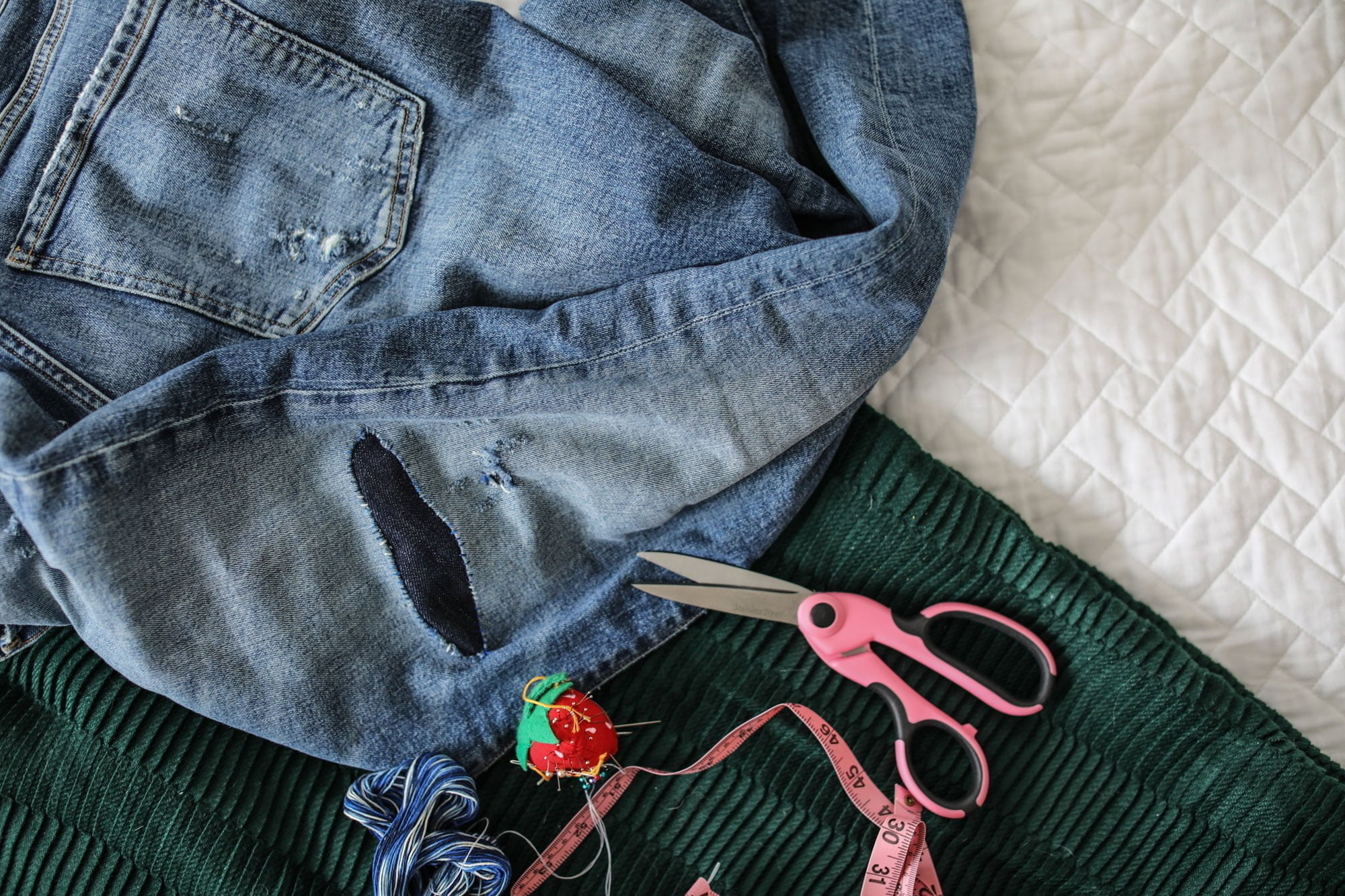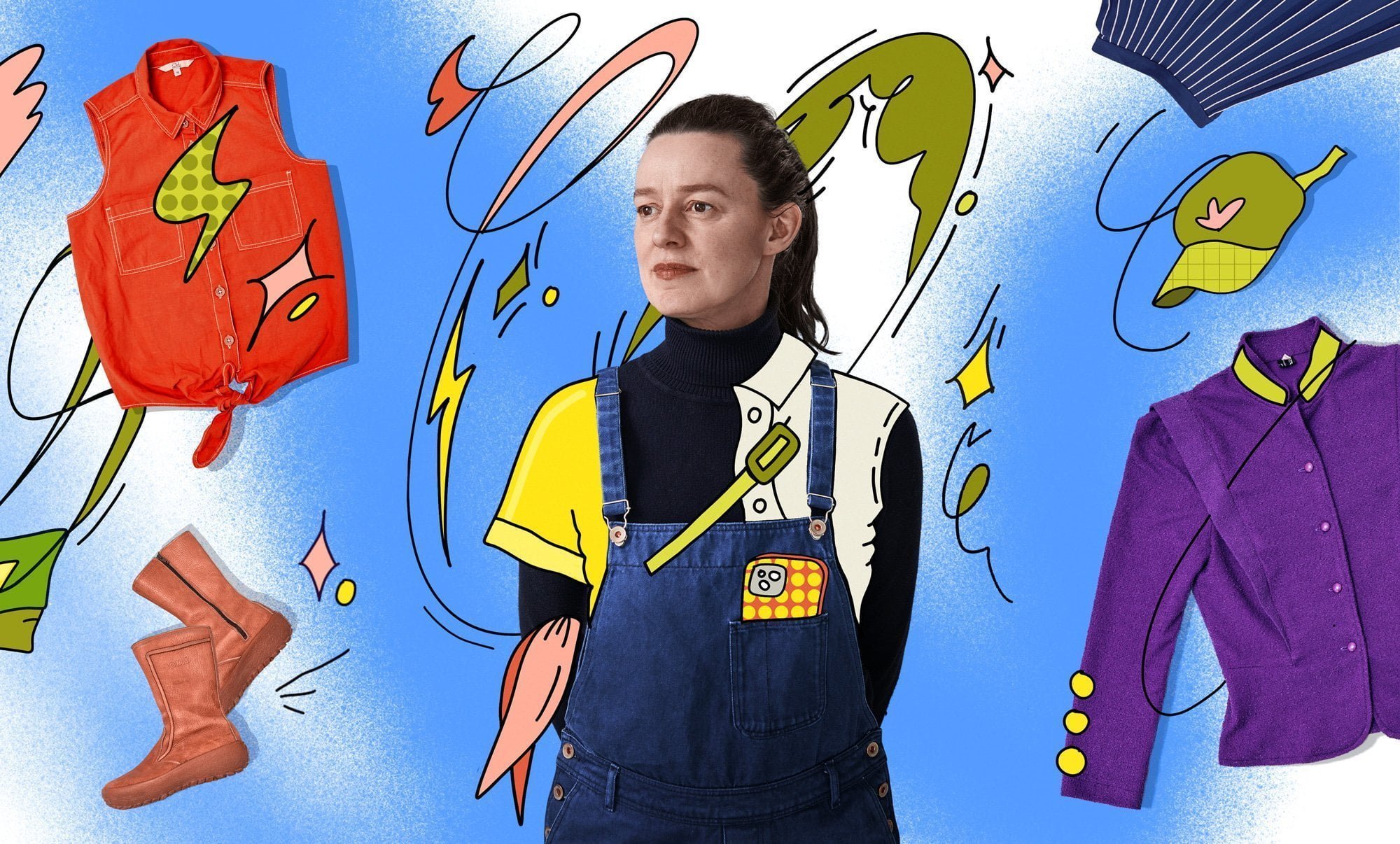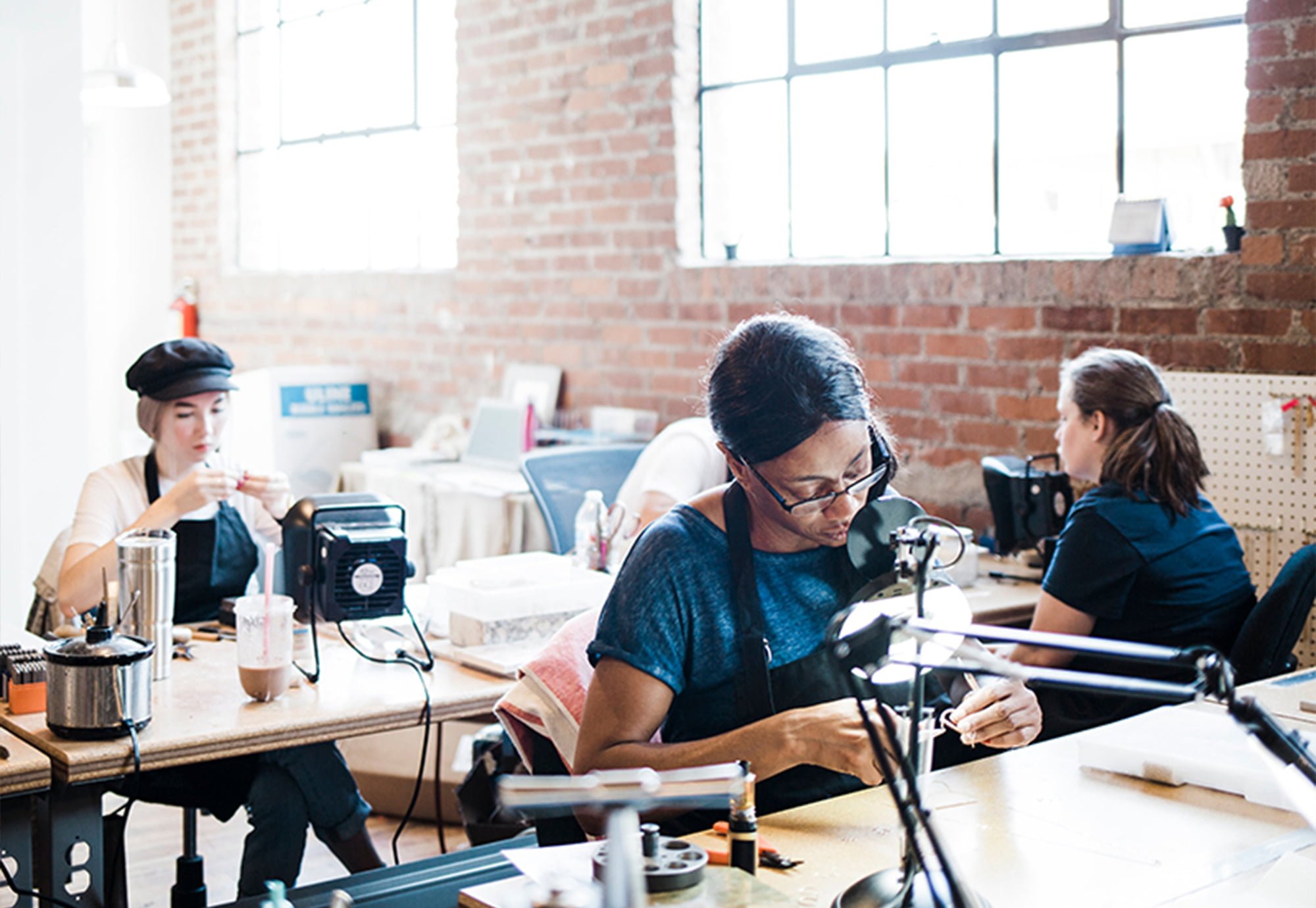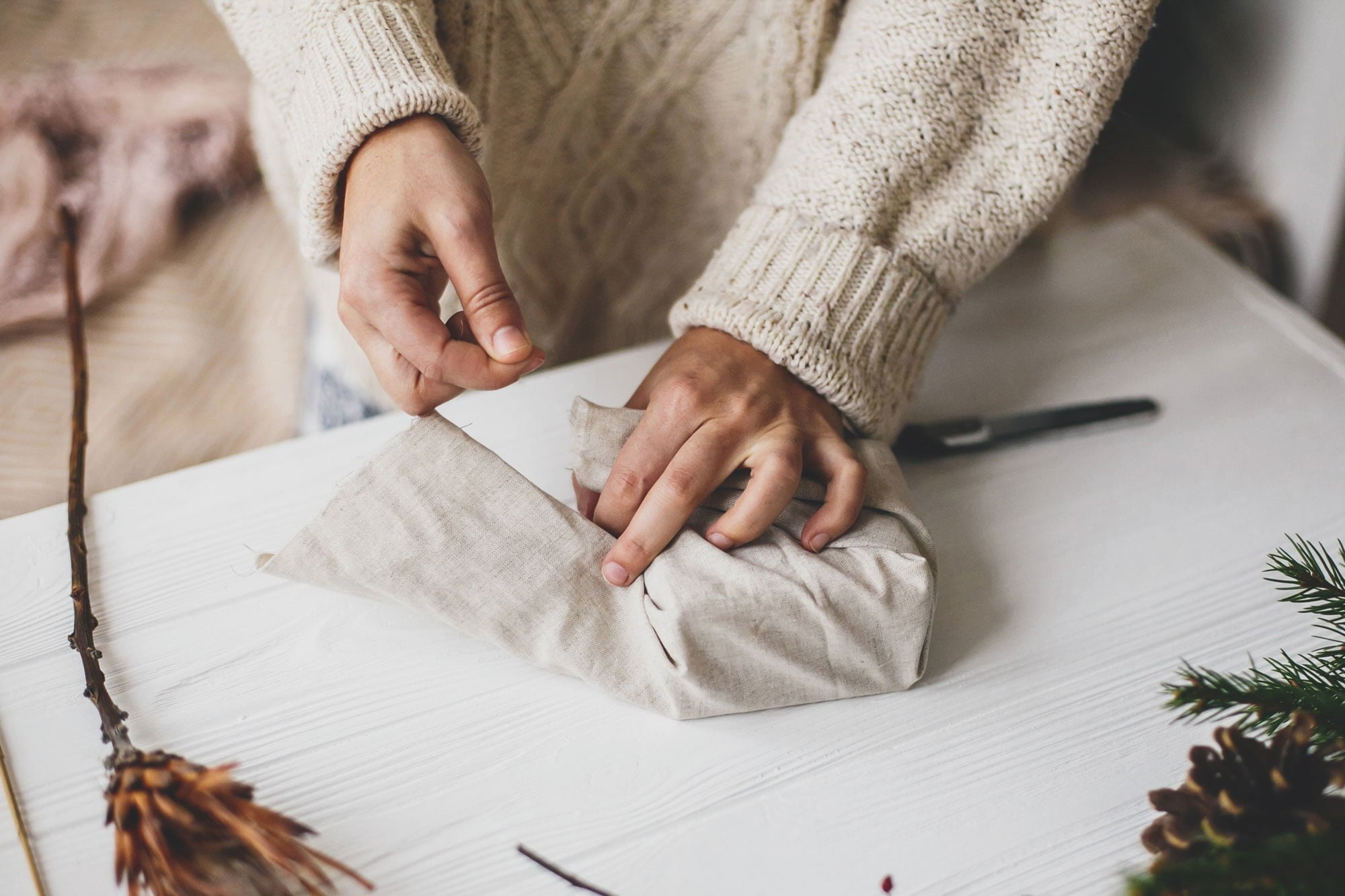Ready to step off the fast fashion treadmill? Sophie Benson, author of the new book Sustainable Wardrobe, shares her top tips for easy, affordable, eco-friendly fashion for all.
Not everyone considers themselves a ‘fashion’ person. But the reality is we all engage with fashion and clothing every single day when we choose what to wear. Fashion means different things to different people. It’s practicality, creativity, fitting in, standing out, it’s cultural, it’s personal. It’s also a sprawling, global business which employs millions of people and generates billions of dollars every year. And it’s taking a toll.
Creating approximately 100 billion garments every year, the fashion industry is making more than we could ever need. Garment makers are paid subsistence wages to make our clothes faster and more cheaply, meanwhile consumers are throwing them out at such volume that piles of discarded textiles can now be seen from space.
As stories of fashion’s impact are amplified, there’s a growing sense that we should be doing things differently. But where to start? Taking inspiration from my new book Sustainable Wardrobe, here are 10 tips to transform your relationship with fashion.
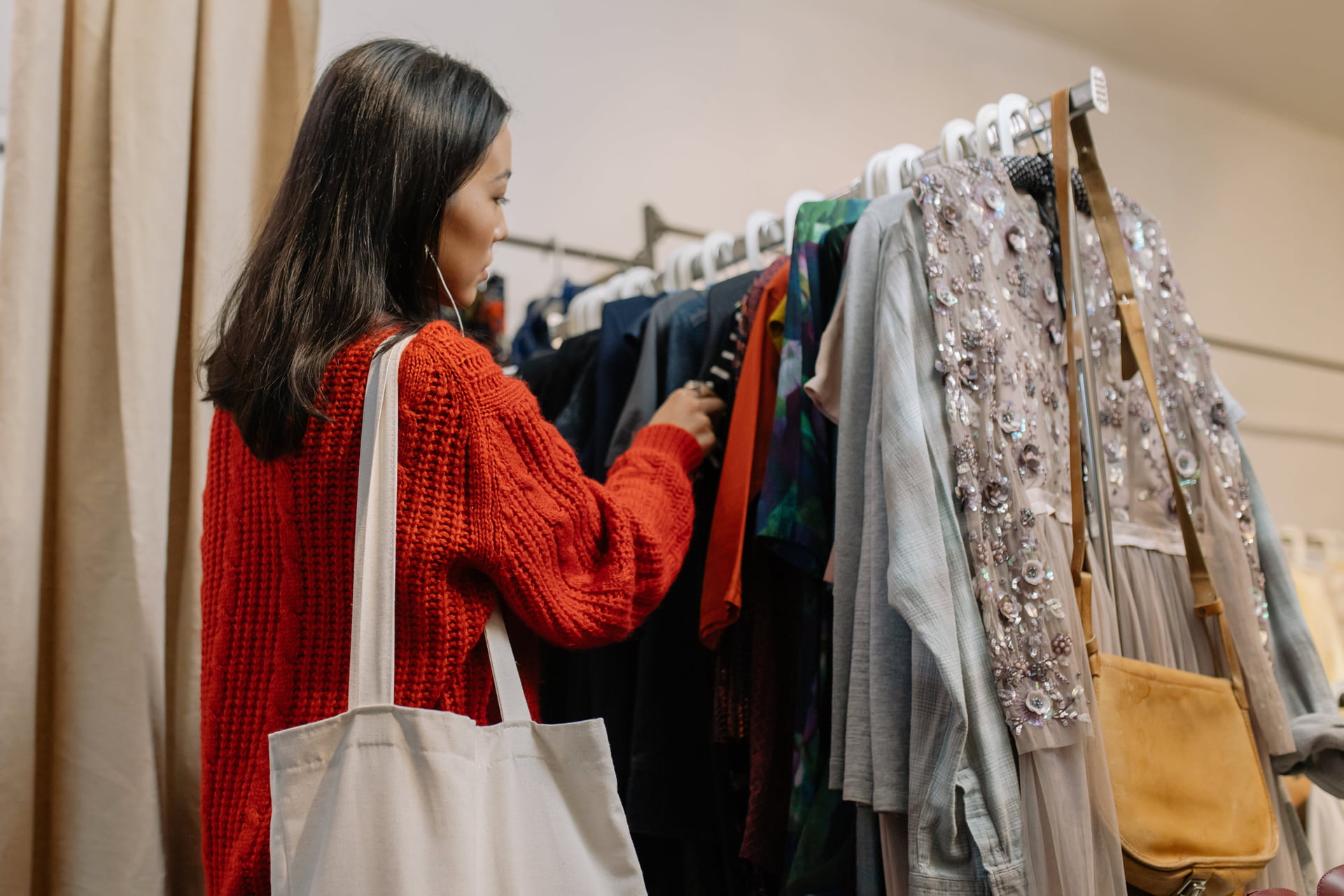
Do you know the full story behind the clothes you’re buying? Don’t be afraid to ask your favourite brand for more information. Photo: Cottonbro Studio via Pixels
1. Always ask questions
The fashion supply chain has for decades been hidden from consumers because brands knew the finer details of how our clothes are made would undermine their finely tuned, glamorous facades. But thanks to consumers and campaigners asking simple but probing questions (Fashion Revolution’s “Who Made My Clothes?” is an infamous example) we’ve had a glimpse behind the smoke and mirrors, making us better able to hold brands to account for standards such as wages, resource use, and waste. It’s important to keep the questions coming. Ask your favourite brands how much they pay their garment makers, what fabrics they use, where they make their clothes, how much they produce, and what steps they’re taking to reduce emissions. A brand doing things the right way should have nothing to hide, so by asking questions you implicitly put their ethics to the test. It doesn’t have to be complicated – an email or a social media comment will do the trick.
2. Read the label
Reading the label is vital for multiple reasons. It can reveal where your garment was made, whether it is certified in any way, what fibres it’s made of, and – importantly – how to care for it. To keep your clothes looking their best for longer, caring and washing according to the label is crucial. Wash too hot and you can cause shrinkage. The same goes for tumble drying when you should air dry. Hanging something to dry when it should be laid flat can stretch it, using too much softener can make whites go grey, and ironing on too high of a temperature is a burn hole waiting to happen. Reading the label only takes a second but it can extend the life of your clothes by years.

Are you wearing fossil fuels? Look out for synthetic fabrics. Photo: Gryffyn M on Unsplash
3. Get to know fabrics
You don’t need to be a fibre expert but getting to know the basics is a good way of ascertaining both quality and impact. Natural fibres like wool, cotton, and linen are great for natural temperature regulation and unlike synthetics aren’t derived from fossil fuels. Synthetics can be functional, but they are plastic and will therefore shed microplastics when washed. Viscose is derived from nature (usually wood pulp), but it often goes through an intense chemical process that can harm the environment. There are pros and cons for each fabric but once you know what’s what, you can make informed decisions according to your values and lifestyle.
4. Track what you wear
As much as 30% of the contents of our wardrobes are unworn, yet we continue to buy more clothes. This is often because we’re so caught up in the shopping cycle, we don’t really know what our personal style is. To avoid waste and get to grips with your style, track what you wear every day for between two weeks and a month. Note what’s left on the rail, and note the details of what you do wear, tracking factors like silhouette, fabric, colour, and texture. At the end of the exercise, you should have a database of the clothes you love, allowing you to create your own personal style rules so you can shop accordingly in future.
Support Imagine5
We’re able to tell stories like this because of people like you. Join others from around the world in supporting Imagine5’s mission towards a sustainable future. Join today and receive our latest magazine for free.
5. Clear out mindfully
When the time comes to clear out your wardrobe, don’t go directly to the bin. Instead consider more circular options. Share with or sell to people in your community, sell on an online marketplace, or donate to charities which are looking for the pieces you have. If your clothes are damaged, consider upcycling, donating to craft groups or schools, or – if they’re beyond salvaging – cut them into smaller pieces and use them for dusting and cleaning.

“Even basic hand sewing skills can get you a long way”
Sophie Benson
Photo: Emma Guscott
6. Repurpose what you own
Rewind a few decades and the first port of call for a damaged or worn-out garment was to turn them into something else. A formal shirt could become an apron, a blouse could become a child’s dress, a pair of trousers with scuffed hems could become shorts. It was simply the way things were done and it’s a habit we would all benefit from returning to. Even basic hand sewing skills can get you a long way and there are endless tutorials and ideas online and on social media (there’s a selection of practical guides in the book Sustainable Wardrobe too). If you don’t have the skills or time to tackle a project yourself, seek out a local maker or upcycling service or even arrange a skill swap with a friend who sews.
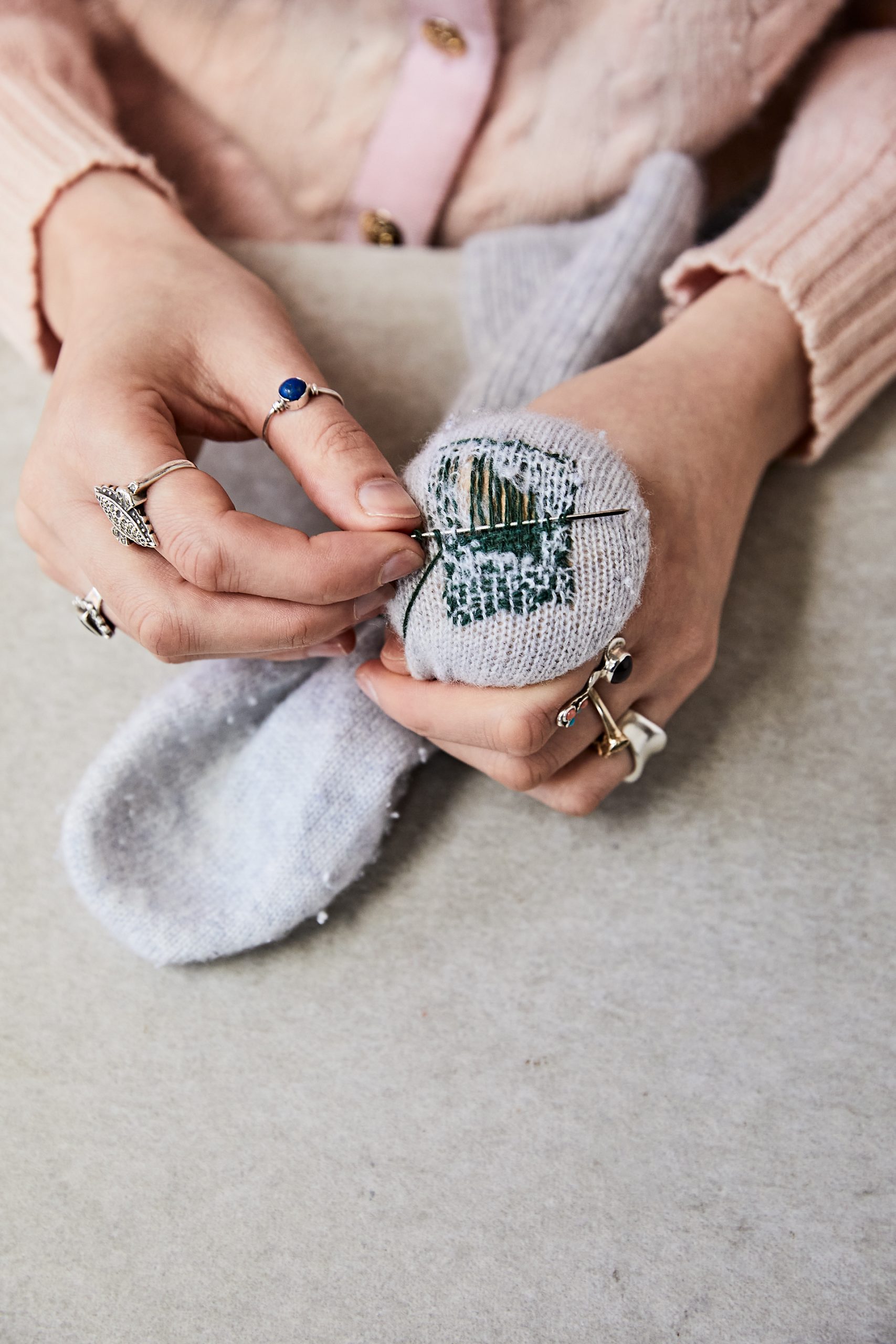
Don’t be afraid to get creative with your repairs! Who says they can’t be visible? Photo: Emma Guscott
7. Repair don’t replace
A huge amount of items are thrown away due to minor faults like missing buttons or loose seams, and it’s not surprising given that fast fashion has made it so cheap to replace things. However, this throwaway approach to fashion is becoming a blight on the environment, impacting communities in the Global South in particular, as textile waste is so often exported. Instead of adding to the waste pile, repair what you have rather than replacing it. As with repurposing, a simple needle and thread can get many jobs done but if you’re short on time or resources, take advantage of the revival of repair services and pop into a shop offering repairs, visit your local tailor, or sign up to one of the rising number of repair apps.
8. Amplify other voices
Those who are most impacted by the modern fashion industry, such as garment makers and communities who live near clothing dump sites, are often talked about rather than listened to, but for the fashion industry to transform their voices must be centred. Look to organisations like Remake, the Garment Worker Center, Fashion Revolution, the Asia Floor Wage Alliance, the Awaj Foundation, and The Or Foundation, who work directly with impacted people and communities, and support their work. This can be anything from donating or signing a petition, to sharing a post on social media. By mixing personal and collective action, we can tackle both bottom-up and top-down solutions.

9. Think second hand first
Given that there are around 100 billion new garments being made every year, there is more than enough to clothe us all many times over. Instead of clicking buy on an Instagram ad or a promotional email, check if you can find a second hand option first. It could be in a thrift shop, a vintage shop, a peer-to-peer resale platform, or a consignment store. You could pick it up from a swap shop or borrow it from a friend. It might take a little longer, but it will likely cost you less money and it means you’re not buying into the system of overproduction and overconsumption.
10. Slow down
The major driver of fashion’s social and environmental impact is overproduction. Brands wanted to make more money so they made more stuff and convinced us we needed to buy it. But we don’t, and the best antidote to fast fashion is slowing down. Take a break from shopping for a few weeks or months; cut your purchases from one a week to one a month; instead of buying five items, pool the cost of each of them and buy one higher-quality piece. There are many ways to approach it, but the main thing is that you slow down enough to hop off the mindless consumption cycle. Once you’re off, you’ll wonder why it ever seemed so appealing in the first place.
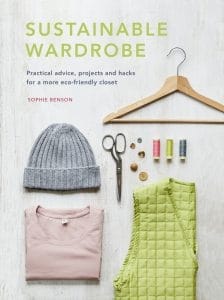
Sustainable Wardrobe by Sophie Benson is available now, published by White Lion
